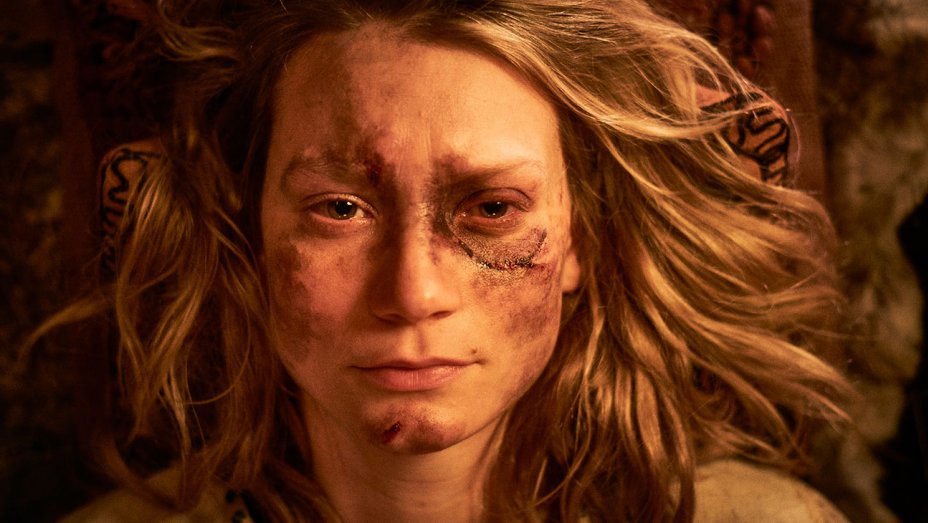The last time I attempted a review I all but disowned the medium – as if I’d ever owned it in the first place. What was written was an apology piece, an illustration of what I saw, and a small analysis of how, in some world, Stand-Up History Brighton could have been funny. I put it all down to meme-culture, a resurgence in the absurd, then apologised for not doing my job. I’ll attempt something different today.
Last night I saw Judy and Punch at Komedia, in the Laines. The screening took place as part of Brighton’s Cinecity film festival, and the tickets I had were coveted by many. Those who had seen trailers for Judy and Punch were much tempted by its warm colours, its mysterious plot, an obvious professionalism. I – who had no notion of the film’s content – was excited to spend a few hours sat in the dark, judging something. I had a nice seat in the centre of the theatre, and a glass of wine.
The current cinematic landscape is marred, or blessed, by the franchise film, depending on your perspective. Writers wade deeper into the void of character development, story trajectory, until they find something half-plausible and run with it. As stories water down, the only fertile land becomes the origin tale. Lately this has been demonstrated by Joker, teetering on a $300 million gross. Every penny of this immense sum points to a thirst for explanation. The question of why a character becomes the way they are is asked by many. Obviously, nobody asks this more than of Punch and Judy.
However, if I were to call Judy and Punch an origin story, I could mislead. An origin story with a pay-off in the final minute leaves a hundred and forty-four others with a generic void. Is Judy and Punch a revenge tale, a fantasy, a black comedy? It is all and it is none.
Judy and Punch combines a number of base components that, when viewed in conjunction with a good plot, make for enjoyable watching. The quirky world it builds, the town of Seaside, which – ironically! – is “nowhere near the sea”, is combined with an hysteric townspeople, witches, brothels, bars, and hangings, to create a maddening upside-down world. Its cast of wild characters, all wonderfully performed, are present for the audience to love and loathe. They’re neither archetypal nor overtly stereotypical. They are, however, familiar, and this works against the text.
Such a cast of characters, in the quantity they come: policeman, hangman, performer, mysterious child, wicken exile, baby, maid, etc… inevitably drag along subplot upon subplot. These stories, rather than being finely interwoven, are unfortunately denied the screen time they require for understanding and a resolution. The witches’ coven, which demands prominence in the film, is featured too far along, denying the audience the affection their characters demand. In the film’s resolution, when an allegorical speech preaches that the village people do not cast out those who are different, but embrace them, one is left untouched, almost yawning. This is due, again, to its familiarity.
Nevertheless, the film is pretty, and quirky, and very well cast, which leaves it somewhat loveable. The overall impression, however, is that this story was given too much money, too fast. If the director’s ambitions were, perhaps, restricted, a dialled-down movie may have satisfied more.




